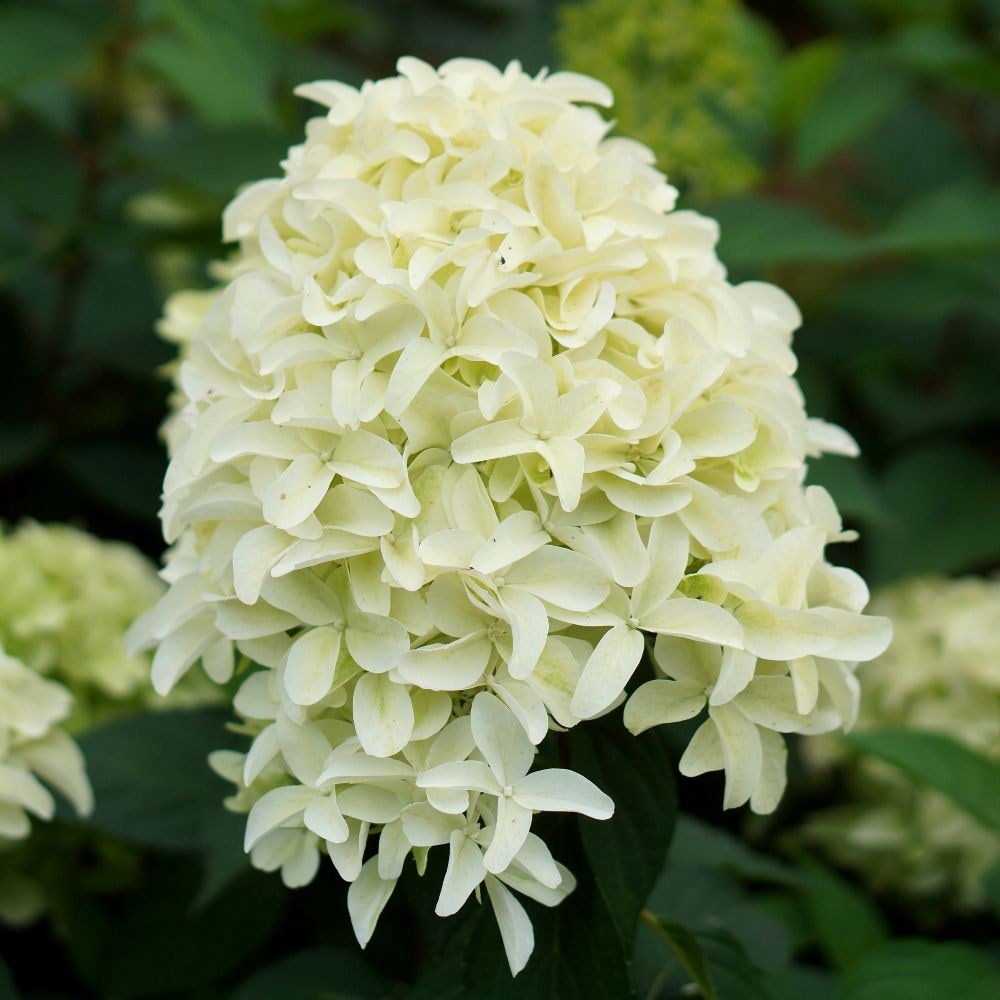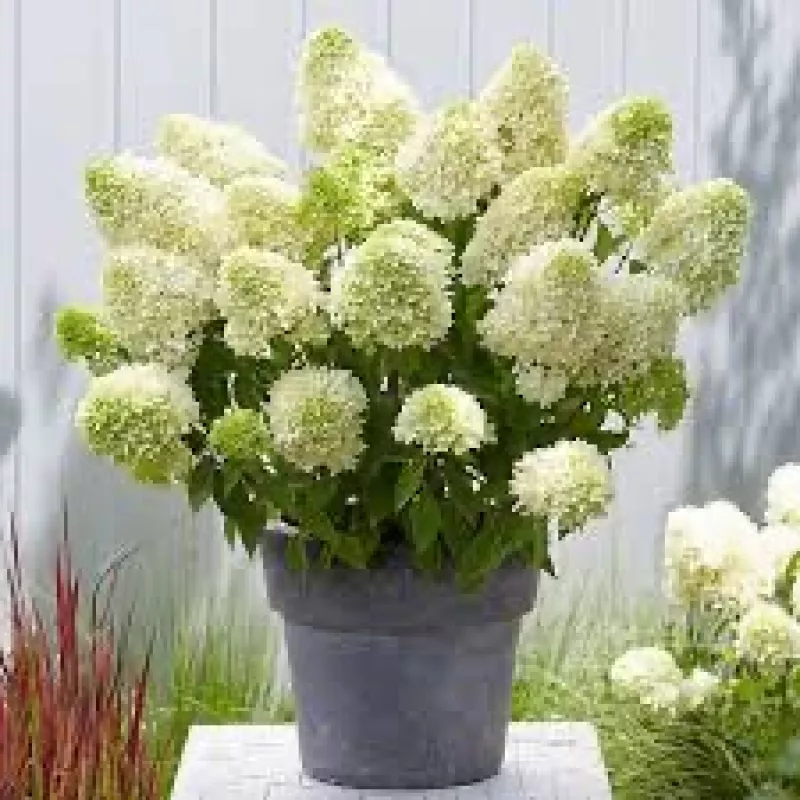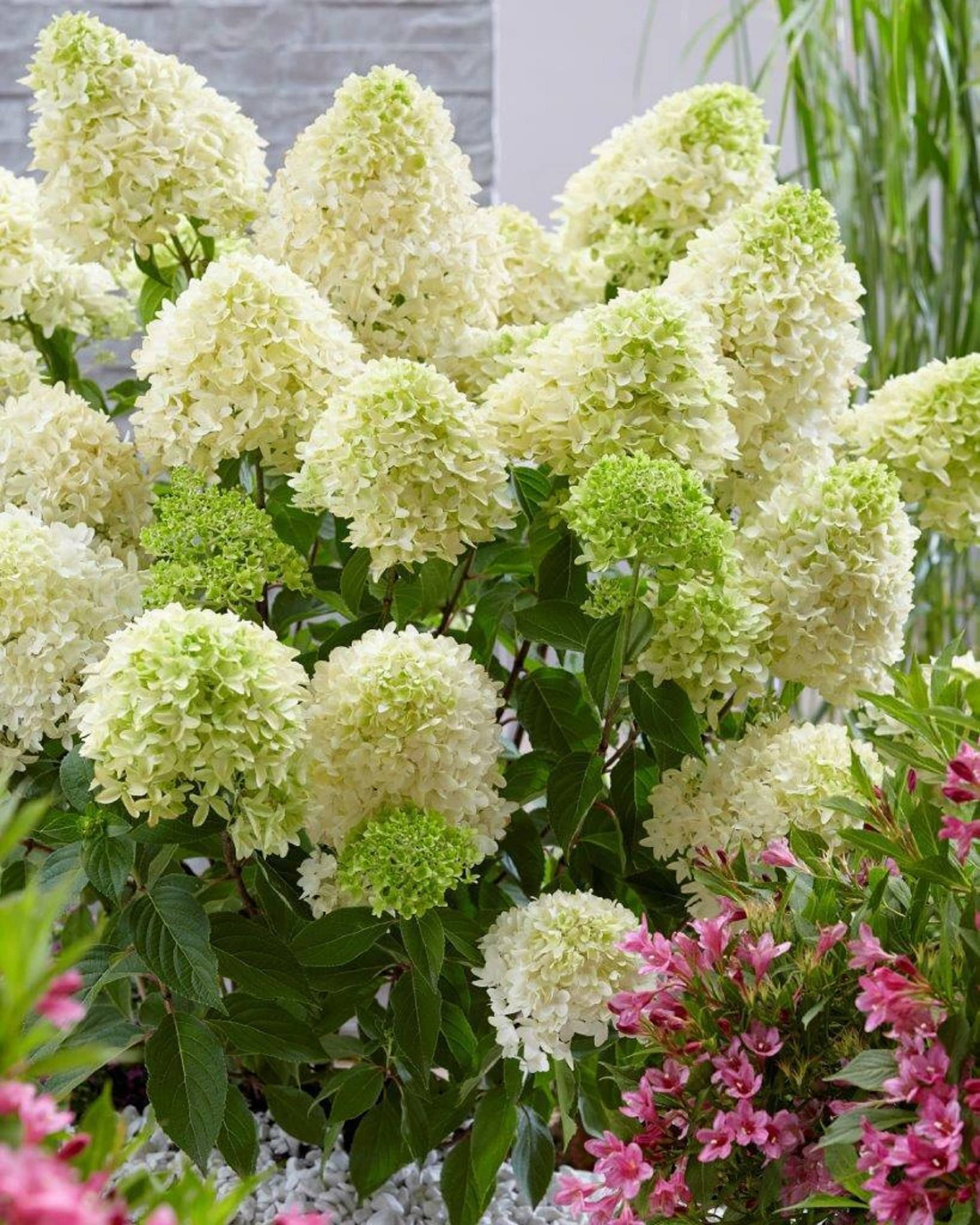Hydrangea Paniculata Skyfall: The Showstopping Shrub That Will Take Your Breath Away
Hydrangea Paniculata Skyfall: The Show-Stopping Shrub That Will Take Your Breath Away
Hydrangea paniculata Skyfall is a stunning shrub that is sure to be the star of your garden. With its large, conical flowerheads and long-lasting blooms, Skyfall is a sight to behold.
Introduction
Hydrangea paniculata Skyfall is a relatively new variety of hydrangea, first introduced in 2007. It has quickly become one of the most popular hydrangeas on the market, thanks to its beautiful flowers and easy-care nature.
Skyfall is a large shrub, typically reaching 6-8 feet tall and wide. It has dark green leaves and large, conical flowerheads that can measure up to 12 inches in diameter. The flowers start out white, but they gradually turn pink as they mature.
Skyfall blooms in late summer and early fall, and the flowers can last for several weeks. The flowers are also attractive to butterflies and other pollinators.
Main Content
Planting and Care
Hydrangea paniculata Skyfall is a relatively easy plant to grow. It prefers full sun to partial shade, and it does best in moist, well-drained soil. Skyfall is not as fussy about soil pH as some other hydrangeas, but it will do best in slightly acidic soil.
When planting Skyfall, it is important to dig a hole that is twice as wide as the root ball. Backfill the hole with a mixture of native soil and compost. Water the plant well after planting.
Skyfall is a relatively low-maintenance plant. It does not require regular pruning, but you can deadhead the flowers to encourage new growth. You should also fertilize Skyfall in the spring with a balanced fertilizer.
Pests and Diseases
Hydrangea paniculata Skyfall is a relatively pest- and disease-resistant plant. However, it can be susceptible to aphids, scale, and powdery mildew. If you see any pests or diseases on your Skyfall plant, treat them immediately with an appropriate pesticide.
Uses
Hydrangea paniculata Skyfall is a versatile plant that can be used in a variety of ways in the garden. It is a beautiful addition to any border, and it can also be used as a hedge or specimen plant. Skyfall's large flowers make it a great choice for cutting and arranging.
Conclusion
Hydrangea paniculata Skyfall is a stunning shrub that is sure to add beauty and interest to your garden. It is easy to grow and care for, and it is resistant to pests and diseases. If you are looking for a show-stopping shrub that will take your breath away, then Hydrangea paniculata Skyfall is the perfect choice for you.
Hydrangea paniculata Skyfall is a beautiful and popular variety of hydrangea. It is known for its large, cascading blooms that can reach up to 3 feet in length. The flowers are a delicate shade of blue, and they change to pink or purple as they age. Skyfall hydrangeas are relatively easy to care for, and they can be grown in a variety of climates.
If you are interested in learning more about hydrangea paniculata Skyfall, I recommend visiting . This website has a wealth of information about this variety of hydrangea, including planting instructions, care tips, and even a photo gallery.
FAQ of hydrangea paniculata skyfall
Q1: What are the best conditions for Hydrangea paniculata Skyfall?
A: Hydrangea paniculata Skyfall is a sun-loving plant that prefers full sun to partial shade. It does best in rich, medium moisture, well-drained soils. The soil pH should be between 5.5 and 6.5.
Q2: How do I care for Hydrangea paniculata Skyfall?
A: Hydrangea paniculata Skyfall is a relatively easy plant to care for. Water it regularly, especially during the summer months. Fertilize it once a month with a balanced fertilizer during the growing season. Deadhead spent blooms to encourage new growth.
Q3: How do I propagate Hydrangea paniculata Skyfall?
A: Hydrangea paniculata Skyfall can be propagated by softwood cuttings in the spring or summer. Take 4-6 inch cuttings from healthy, new growth. Remove the lower leaves and dip the cuttings in rooting hormone. Plant the cuttings in a well-drained potting mix and keep them moist. The cuttings should root in about 4-6 weeks.
Q4: What are the common pests and diseases of Hydrangea paniculata Skyfall?
A: The most common pests of Hydrangea paniculata Skyfall are aphids, scale, and spider mites. These pests can be controlled with insecticidal soap or neem oil. The most common diseases of Hydrangea paniculata Skyfall are leaf spot and powdery mildew. These diseases can be prevented by watering the plant at the base and avoiding overhead watering. If the plant does get infected, you can treat it with a fungicide.
Q5: How do I deadhead Hydrangea paniculata Skyfall?
A: To deadhead Hydrangea paniculata Skyfall, simply remove the spent blooms. You can do this by hand or with a pair of shears. Deadheading will encourage new growth and promote flowering.
Image of hydrangea paniculata skyfall
5 different images of "hydrangea paniculata skyfall" from pinterest.com:
Image 1: A large, white hydrangea paniculata skyfall flower with pink edges.

Image 2: A close-up of the flowers, showing their delicate petals and intricate details.

Image 3: A cluster of hydrangea paniculata skyfall flowers in full bloom, against a backdrop of green leaves.

Image 4: A single hydrangea paniculata skyfall flower, with its petals cascading down like a waterfall.

Image 5: A garden bed full of hydrangea paniculata skyfall flowers, in various shades of pink and white.

Post a Comment for "Hydrangea Paniculata Skyfall: The Showstopping Shrub That Will Take Your Breath Away"